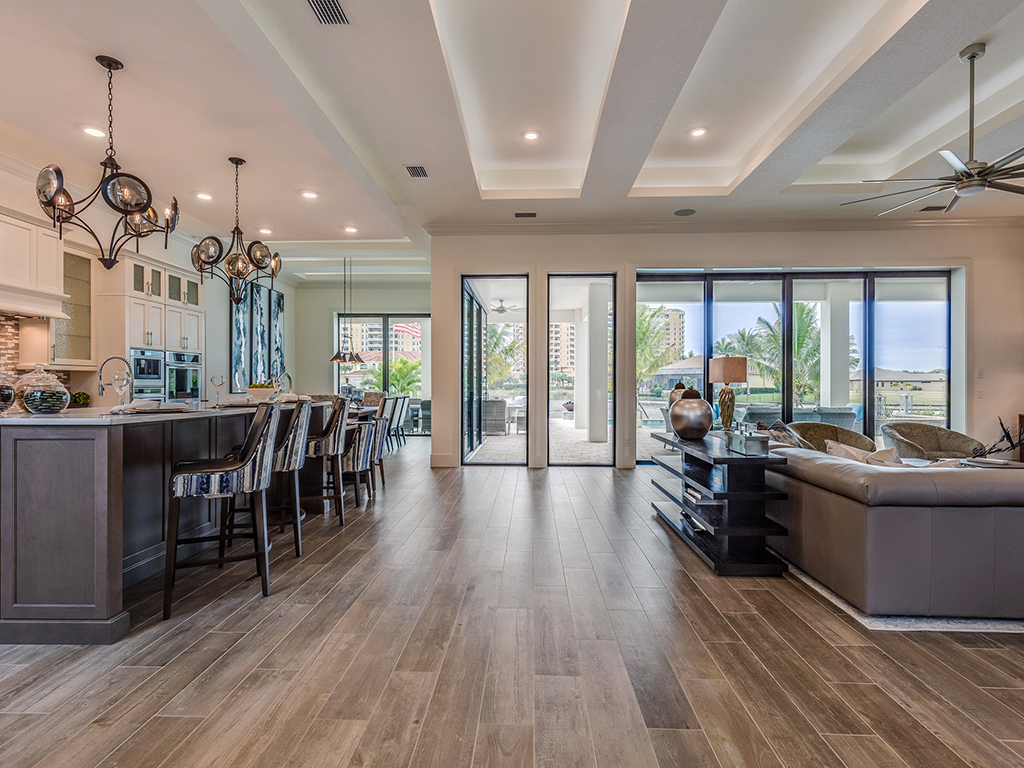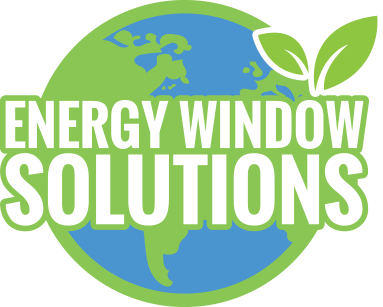
Top Trends 2021: Unique Features To Look Out For When Choosing Replacement Energy Efficient Windows | Fort Worth, TX
Photo By PC Photography at istock
Windows may not last forever. However, if well-maintained, they should serve your household for at least 20 years before they need replacement. On the contrary, you might need frequent replacement if you live in or near a coastal city since the weather conditions in such regions may contribute towards a faster rate of wear and tear. Besides age, various indicators can tell you when it’s time to seek energy efficient windows as a replacement for the traditional ones that may be currently in your home. In that context, you should seek replacement windows if you notice a spike in the energy utility bill, cracks on the window panes, difficulty in opening and closing, increased noise pollution, or visible damage on the frames.
On the other hand, you may want to replace the windows due to the preeminent benefits of energy efficient windows. These benefits include improved curb appeal, safety, and security as well as increased home value, enhanced energy efficiency, and minimum maintenance requirements. Regardless of why you may need window replacements, you should consider the following factors or features to ensure you always choose the best windows.
The Design and Structure
The design and outward structure of your home’s energy efficient windows greatly affects the window’s energy efficiency and its aesthetic appeal. Most homeowners prefer double-hung windows since they’re endowed with both features. However, even though the aesthetic qualities of any window matter, your focus should be on selecting window types that guarantee maximum energy efficiency.
In that regard, you can go for casement-style replacement windows, but keep in mind that while you may benefit from their energy efficiency capabilities, their design requires routine maintenance of the parts therein. To avoid frequent maintenance calls, you can have the panes tightened regularly to guarantee long-term service. Casement energy efficient windows promise a higher level of efficiency than other types of replacement windows since their sashes close by pressing against the frame, thereby leaving little to no space for air leakage.
Additionally, you can choose awning windows as an energy-efficient window replacement option. Ideally, they share the same operating mechanism as casement windows. They’re hinged at the top and open outward and since their sashes also close by pressing against the frame, they have a much lower air leakage rate compared to sliding windows. Hoppers, which are hinged at the bottom and open inward, can also be a suitable replacement option when you’re looking for windows. With similar characteristics as the pre-mentioned window types, they also guarantee minimum air leakage rates as they close by pressing against the frame. Moreover, you can choose fixed windows, which are airtight and can’t be opened. However, stay warned that you may not enjoy these windows if your house needs window ventilation to ensure your comfort at all times.
The Glazing Quality
After considering the design and structure of the energy efficient windows you’d like in your Fort Worth, TX home, you should shift your attention to the type of glass used. Specifically, evaluate if the windows are single, double, or triple-glazed. When replacing your home windows, your best choice in energy efficient options may include double or triple-pane windows. These types of windows feature two or three films of glass, with some triple-pane windows having a suspended film, along with gas fills and a low-emittance coating. While these windows may cost significantly higher than single-pane models, they’re a worthwhile investment in terms of saving some cash off the monthly energy utility bill.
Past that, you don’t have to make unnecessary efforts to discover the energy efficiency features of any type of window glass. This is because window products from manufacturers that participate in the voluntary Energy Star program have stickers on them that bear energy efficiency ratings by the National Fenestration Rating Council. To qualify for the Energy Star program, the product must meet certain predetermined standards under two main metrics, the U-value and the Solar Heat Gain Coefficient, abbreviated as SHGC. The U-value refers to the window’s resistance to heat loss while the SHGC measures the amount of heat that reaches a home through the glazing. In both cases, experts in installing energy efficient windows recommend that you choose replacement windows with low U-value and SHGC ratings.
The Window Frames
Window frames can be made of wide-ranging materials, including wood, fiberglass, vinyl, composite, and aluminum or steel. However, each material poses various merits and demerits regarding the level of energy efficiency. Most notably, homeowners prefer wooden frames over steel, aluminum, or metallic structures since metals conduct heat at a faster rate. Nonetheless, wooden frames can’t be considered as the only utility-bill-friendly option. When choosing replacement windows, you can use the following information to ensure that you choose the most energy-efficient frame.
For starters, you can choose the previously discussed aluminum or metallic frames. Even though these window frames are strong and to some extent, maintenance-free, they conduct heat quite rapidly. Therefore, when looking for windows, you should try and stay away from metallic or aluminum frames. But, all hope may not be lost since you can have a professional window technician fit an insulating plastic strip between the internal and external parts of the frame and sash to reduce the window’s U-value.
If you’re not willing to go that extra mile, you can tell your professional window installer to use fiberglass frames, which are dimensionally stable with air cavities that can be filled with insulation materials. These features give fiberglass frames a competitive edge in thermal performance compared to wood and uninsulated vinyl. You can also go for composite frames that comprise composite wood products such as laminated strand lumber and particleboard, combined with polymer plastics. They’re stable and promise the same level or even better thermal performance than wood, with improved moisture and decay resistance.
Professionals in the installation of energy efficient windows can also provide vinyl frames. These windows are made using polyvinyl chloride combined with UV stabilizers to prevent sunlight from breaking down the material. Aside from hollow cavities that can be filled with insulation materials, vinyl frames have superior moisture resistance.
Energy Window Solutions; Your One-Stop-Shop for Energy Efficient Windows
With more than 30 years of providing top-of-the-line fenestration solutions in the Fort Worth, TX area, Energy Window Solutions can help homeowners replace their older window models with new energy efficient windows. Our technicians have undergone extensive training in the installation and servicing of windows. We also offer a wide selection of gutters, entry doors, and siding that feature enhanced thermal conductivity to guarantee energy conservation.


